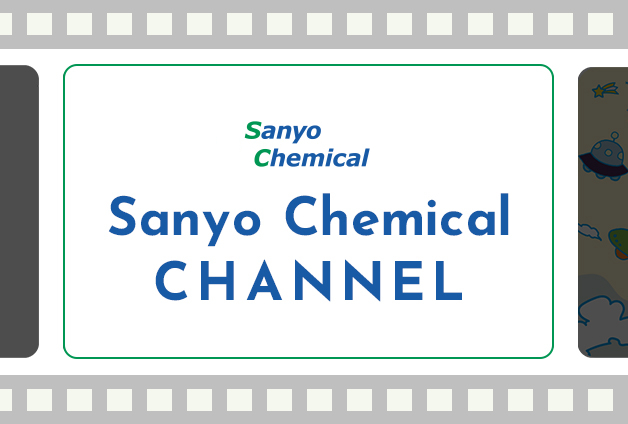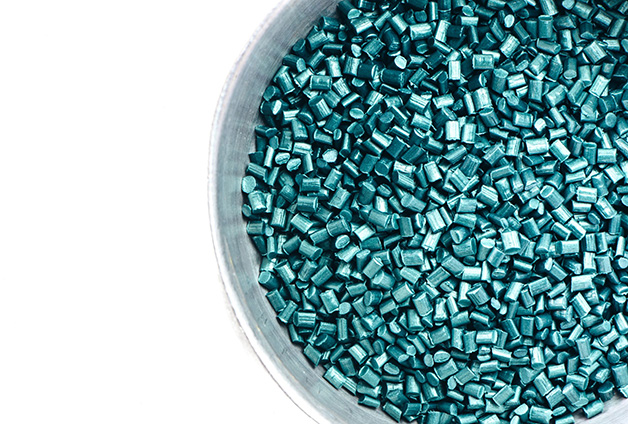Answers to frequently asked questions.
Regarding the process of becoming a stock listed company.
-
When did Sanyo Chemical first become listed?
-
In May 1968, the company was listed on the second section of the Osaka Securities Exchange and the Kyoto Stock Exchange, In October 1973, it was listed on the second section of the Tokyo Stock Exchange.
Following that, in September 1978 it was listed in the first section of both the Tokyo and Osaka exchanges.
The Kyoto Stock Exchange was abolished at the end of February 2001, and the Osaka Securities Exchange was integrated into the Tokyo Stock Exchange in July 2013.
-
What is your Securities Code?
-
4471
-
How do I receive dividends?
Where can I carry out procedures for how I receive my dividends, request purchases/additional purchases of shares less than one unit, or change my address? -
Please contact your agent directly.
Requests will be handled by Sumitomo Mitsui Trust Bank, Limited. Click here for specific procedures.
-
How can I sell shares managed in a special account?
-
Please contact your agent directly.
Requests will be handled by Sumitomo Mitsui Trust Bank, Limited. Click here for specific procedures.
-
Can I claim dividends that were not received within the normal delivery period?
-
If it is within 3 years from the initial payment date, you can receive your dividends by making a request to Sumitomo Mitsui Trust Bank, Ltd.
About the company
-
When was the company established?
-
Our predecessor, Sanyo Oil & Fat Co., Ltd., was set up in March 1943 with capital investments from Mitsui & Co., Ltd. and Toyo Rayon Co., Ltd. (currently Toray Industries, Inc.).
Sanyo Oil & Fat Co., Ltd. got its name from the characters “San” and “Yo,” which came from the company names Mitsui & Co. and Toyo Rayon, respectively.
We then inherited this name when we launched Sanyo Oil & Fat Industrial Co., Ltd.
-
What is the origin of the company name “SANYO”?
-
The predecessor of Sanyo Oil & Fat Co., Ltd. was established in March 1943 with the investment of Mitsui & Co., Ltd. and Toyo Rayon Co., Ltd. (currently Toray Industries, Inc.).
Sanyo Oil & Fat Co., Ltd. was named after Mitsui & Co.’s “San” and Toyo Rayon’s “Yo”.
Thus, Sanyo Oil & Fat Co., Ltd. was established as Sanyo Oil & Fat Co., Ltd.
-
What are the branches and affiliated companies that make up your domestic and overseas operations?
-
Click here for information on branches and here for information on our affiliates.
Financial Results and Performance
-
How can I find out about your most recent results and performance?
-
Please click here for our latest performance trends. Financial statements and reports (to shareholders) are posted on this website as well.
Click here for summaries of our financial accounts, and here for reports (to our shareholders).
-
When do you settle/close company accounts and hold your general meeting of shareholders?
-
Accounts are settled on March 31. Our annual general meeting of shareholders is held every year in June.
About our products
-
What kind of products do you make?
-
We are engaged in the manufacture and sale of surfactants, urethane-related products, macromolecular drugs, specialty chemicals and more.
The majority of our products are chemicals equipped with special functions and performance features, earning them the name “performance chemicals.”
While our products are not sold directly to consumers, they are still widely used outside industrial production operations. You can find them hidden in plain sight supporting and improving various aspects of our everyday lives.
Click here to learn more about our main products.
-
What is a surfactant?
-
A surfactant is a compound that readily collects on the boundaries (surfaces) between two objects and is capable of dramatically altering the properties of the object surface.
The soaps and detergents we use each day are members of the surfactant family.
For example, if you add oil to water, the liquids will separate into two separate layers. If you stir in some soap, however, the water and oil will mix and become white and cloudy.
This process is called emulsification. Emulsification is one of the basic functions of surfactants.
Surfactants carry many other functions as well such as dispersion, wetting, penetration, foaming, defoaming, cleansing, static prevention, lubrication, smoothing, sterilization, and flocculation. We make use of these functions and properties in a wide range of applications.
-
What kind of urethane-related products do you offer?
-
The urethane-related products we manufacture and sell the most of are the raw materials (polyols) for polyurethane foam found in automobile seats, sofas, mattresses and more.
We also manufacture and sell urethane resins used in artificial and synthetic leathers and printing inks, paints and coatings as well as the raw materials for urethane elastomers.
We recently began production and sale of urethane beads for slush moldings used in automobile interior skin materials. This environmentally-friendly alternative to PVC is a new focus of industry attention.
-
What are macromolecular agents?
-
Macromolecular agents is a term used by our company to describe industrial chemicals made from polymeric compounds that harness the polymer’s unique properties.
Typical examples of these agents are super absorbent polymers capable of quickly absorbing large amounts of water, polymer flocculants for cleaning dirty water and toner binders used in copiers and printers to achieve clear and clean printing. Lubricant additives that enhance the performance of engine oils and gear oils are another example.
We divide these agents into two categories:
Hydrophilic polymers, such as super absorbent polymers, with a strong affinity to water; and lipophilic polymers, such as toner binders, with a strong affinity to oil and an aversion to water.
-
What kind of special chemicals do you offer?
-
Our main products include:
Antistatic agents for eliminating static electricity from plastics, pigment dispersants for ensuring uniform colors on plastics, mold release agents and moldability improvers for plastics, electrolytic solutions for electric double-layer capacitors and aluminum electrolytic capacitors, and various chemicals used in civil engineering and construction, including concrete admixtures.

















